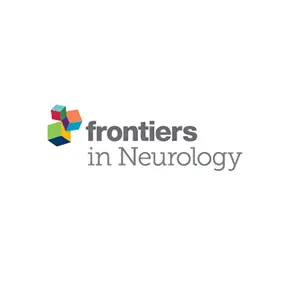Multiple sclerosis can also affect children, although it is a rarer form of the disease. Approximately 3-10% of patients develop multiple sclerosis before the age of 16. This study focuses on the analysis of a cohort of paediatric patients with relapsing multiple sclerosis who started treatment with disease-modifying drugs between 2013 and 2020. Data for this analysis were obtained from the Czech Republic Multiple Sclerosis Patient Registry ReMuS. The results of the study provide valuable information on the characteristics of these patients, the course of their disease and the effectiveness of the treatment used.

Vališ, M., Pavelek, Z., Novotný, M., Klímová, B., Šarláková, J., Halúsková, S., Peterka, M., Štětkárová, I., Štourač, P., Mareš, J., Hradílek, P., Ampapa, R., Vachová, M., Recmanová, E., & Meluzínová, E. (2022). Analysis of the Group of Pediatric Patients With Relapsing-Remitting Multiple Sclerosis: Data From the Czech National Registry. And Frontiers in Neurology (Vol. 13). Frontiers Media SA. https://doi.org/10.3389/fneur.2022.851426 PMID: 35518208
Abstract
Importance: Multiple sclerosis can also affect children. Approximately 3-10% of patients develop multiple sclerosis before the age of 16.
Objective: The aim of this analysis is to describe the characteristics of pediatric patients with multiple sclerosis who started their treatment with disease-modifying drugs in 2013-2020, with data obtained from the Czech National Registry of patients with multiple sclerosis.
Design and setting: A method of retrospective analysis conducted with 134 pediatric patients with multiple sclerosis was used.
Results: The findings reveal that the mean age at the date of the introduction of the first disease-modifying drugs treatment is 15.89 years, and gender does not play any role. In addition, moderate (51.6%) and mild (45.2%) relapses are predominant in these young patients. Seventy five percent of patients will not experience a confirmed progression of the expanded disability status scale within 54.7 months from starting the treatment. Furthermore, the results confirm that the first-choice treatment is interferon beta-a and glatiramer acetate, which is common for adult patients. However, some factors, such as a low efficacy or a lack of tolerance may impact on treatment discontinuation in children.
Conclusion: More research should be performed on novel disease-modifying drugs for this target group.
Entire paper is available in English on the website of the Frontiers in Neurology.

